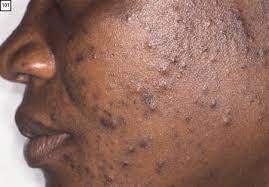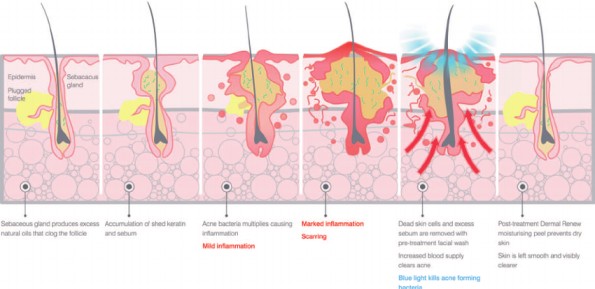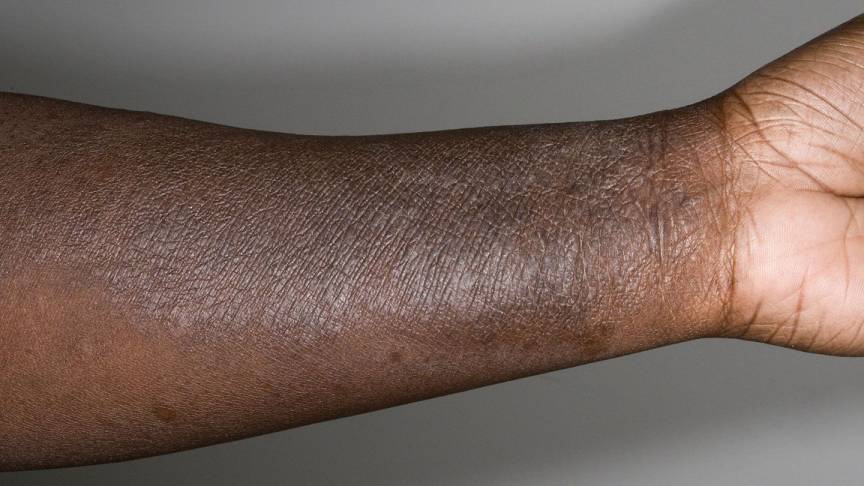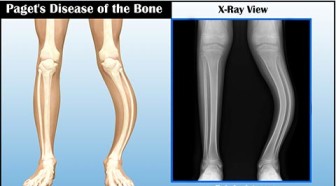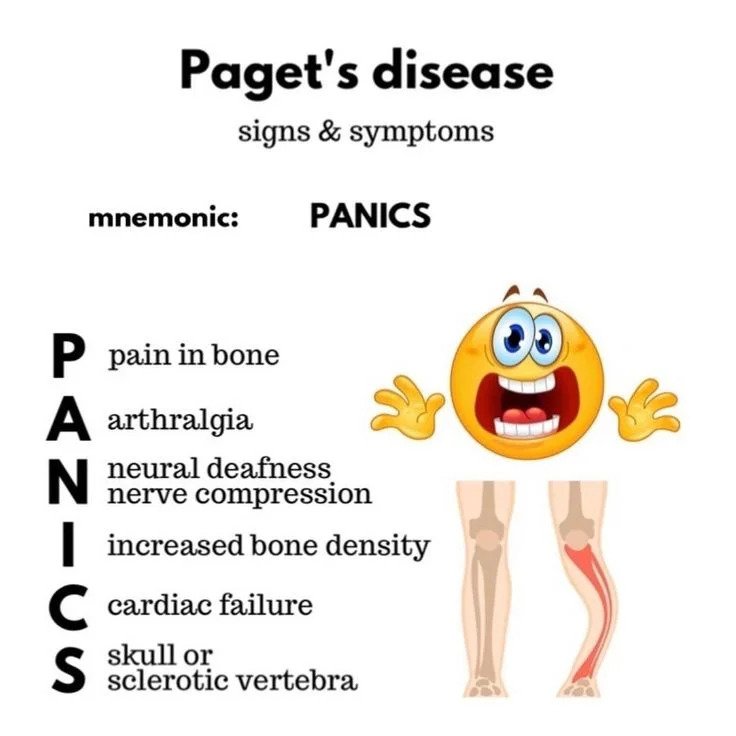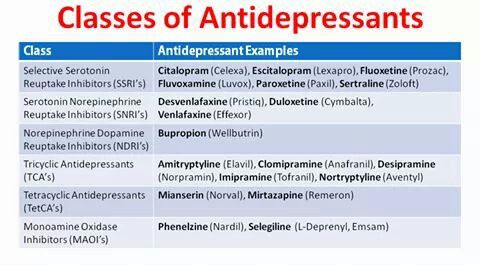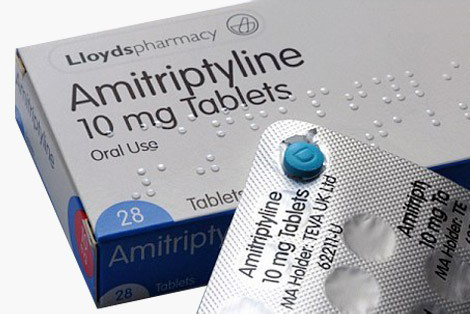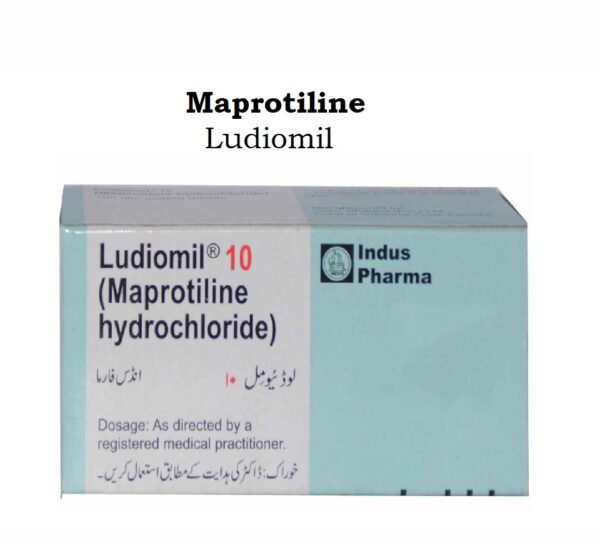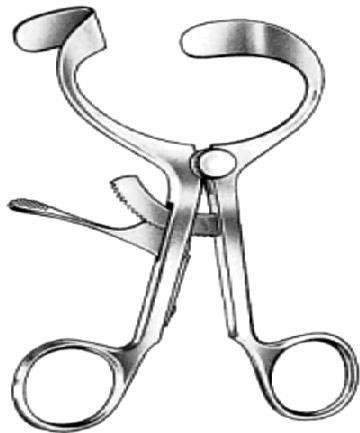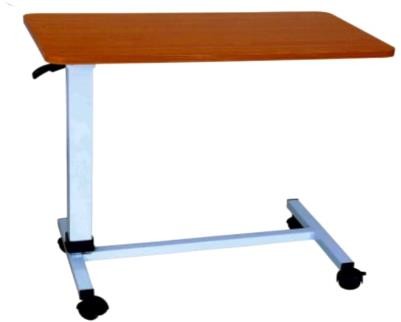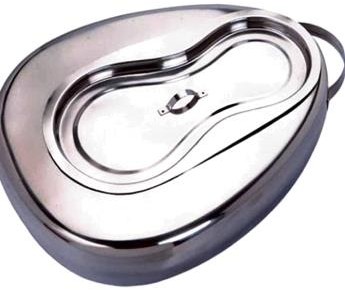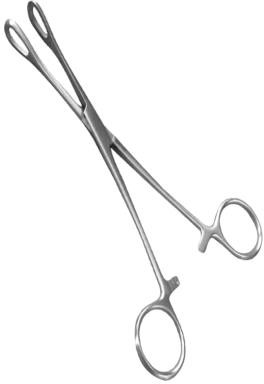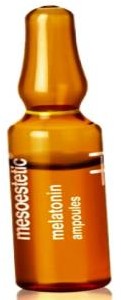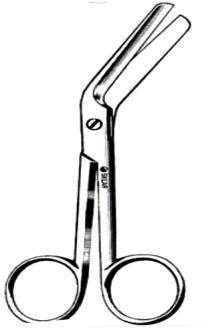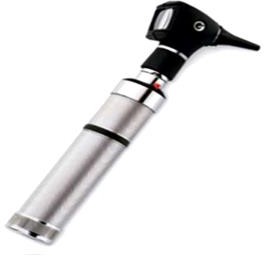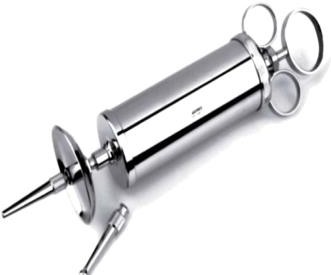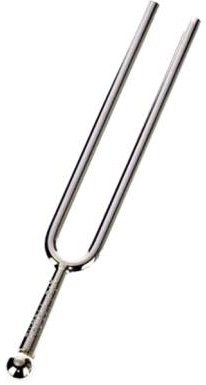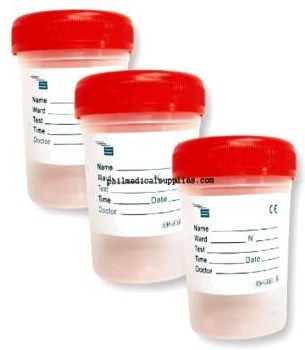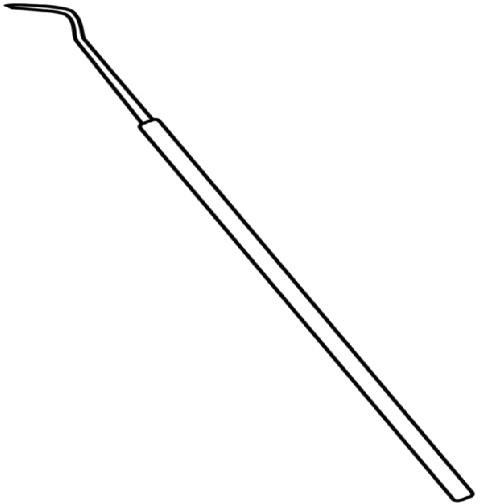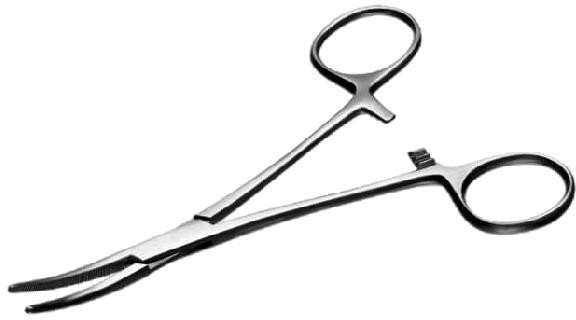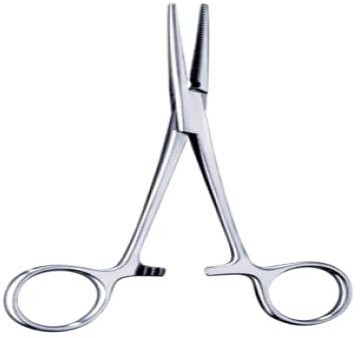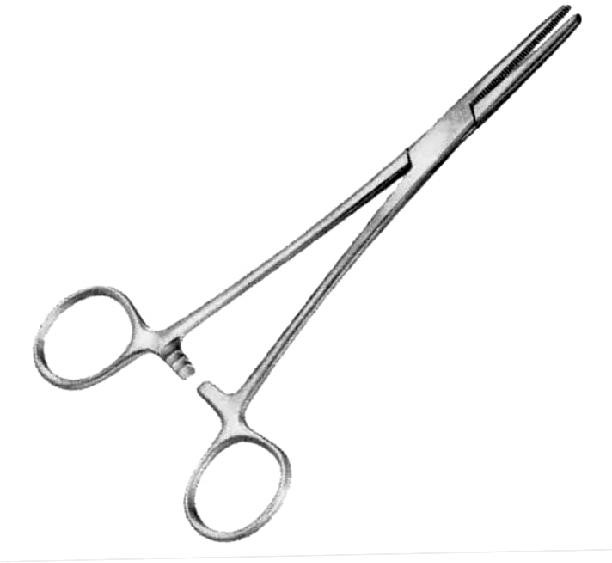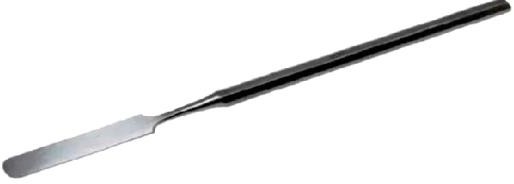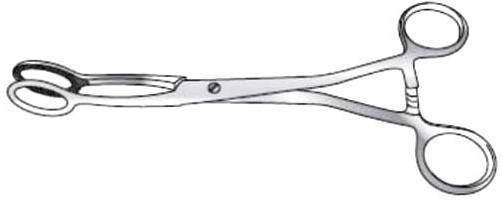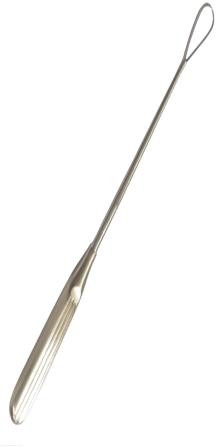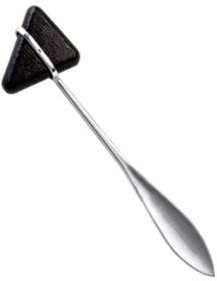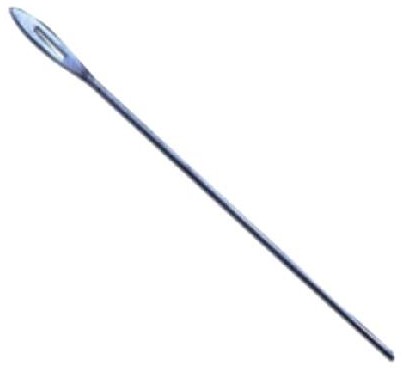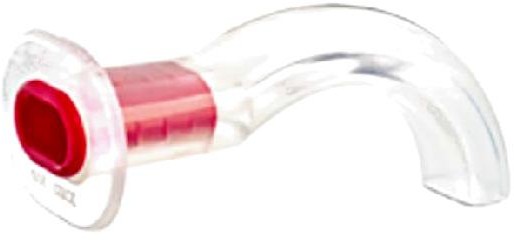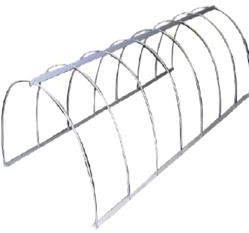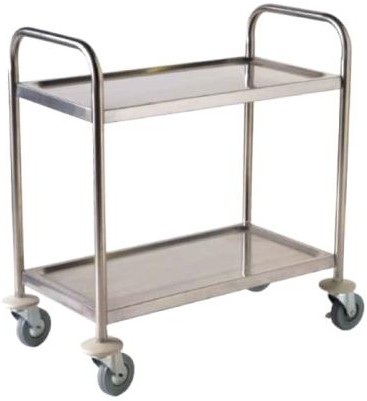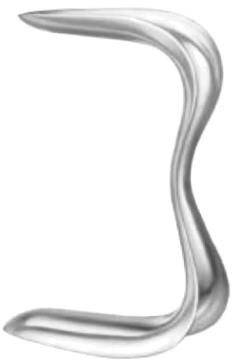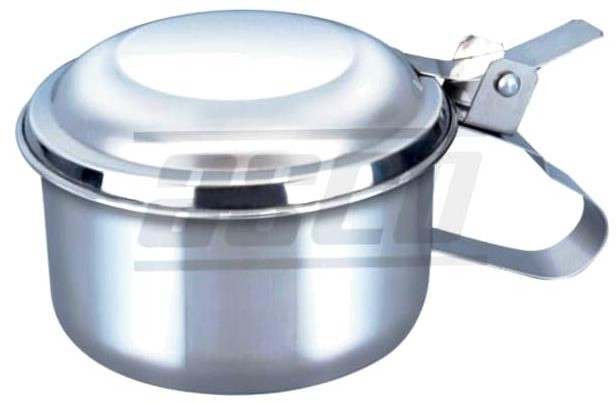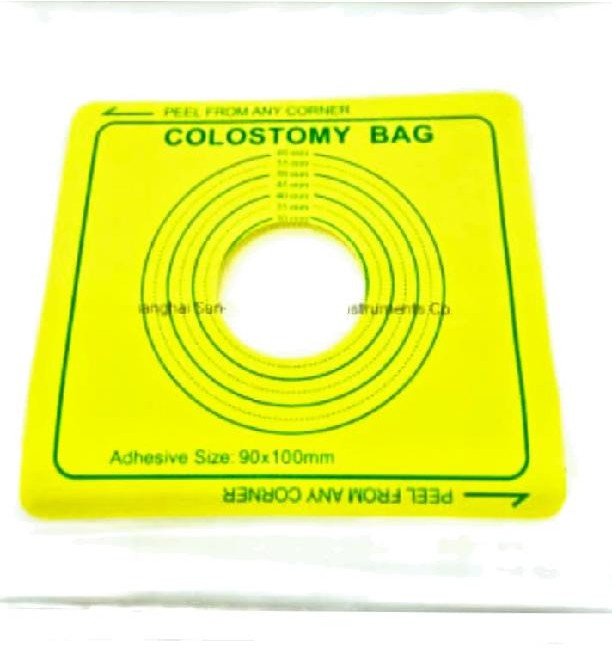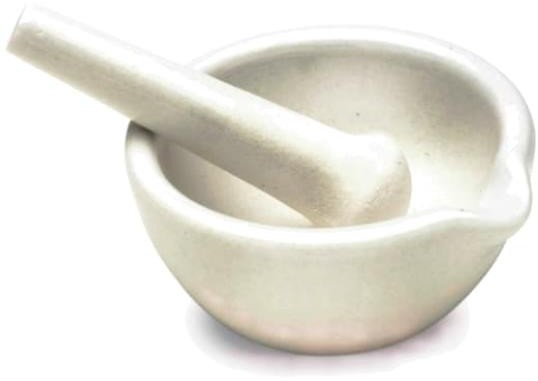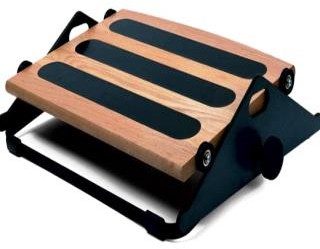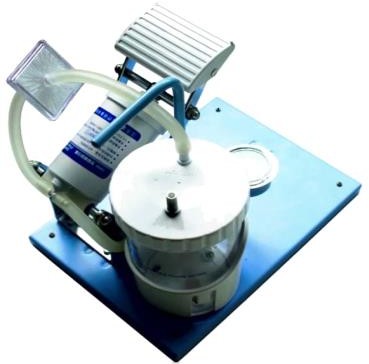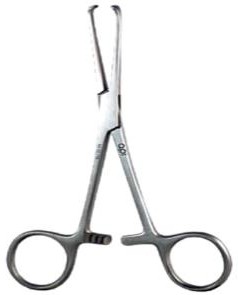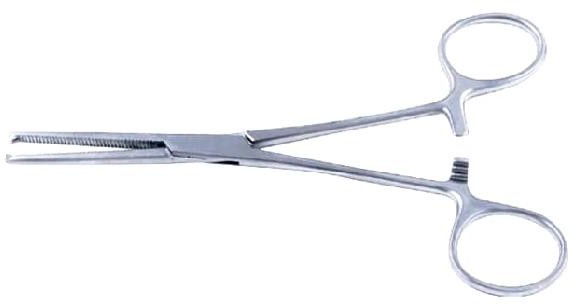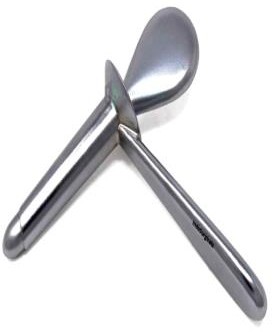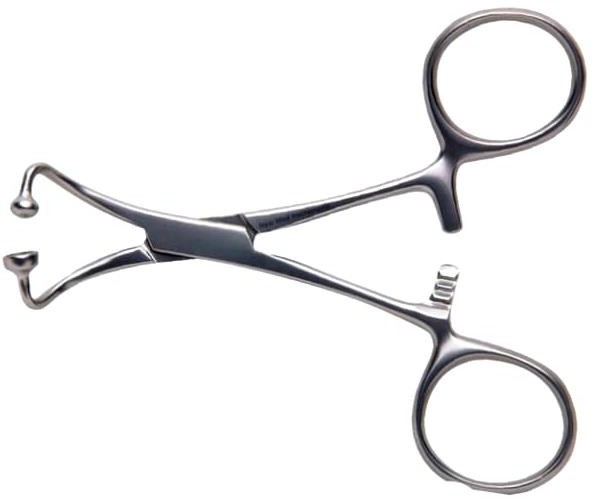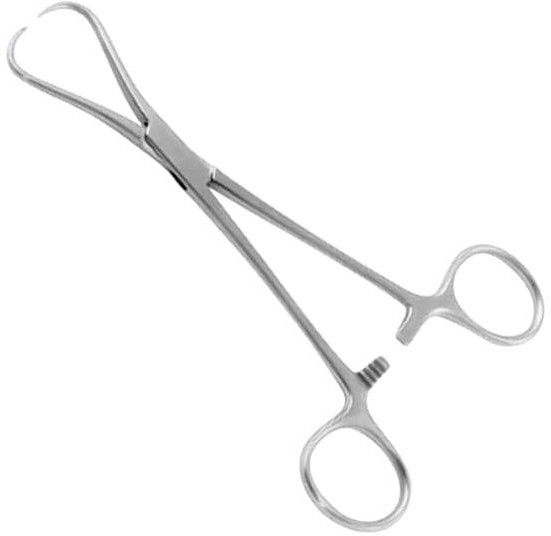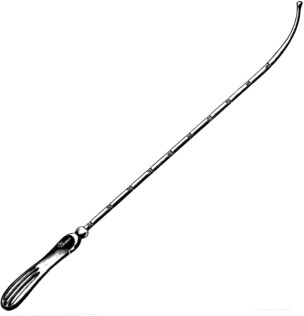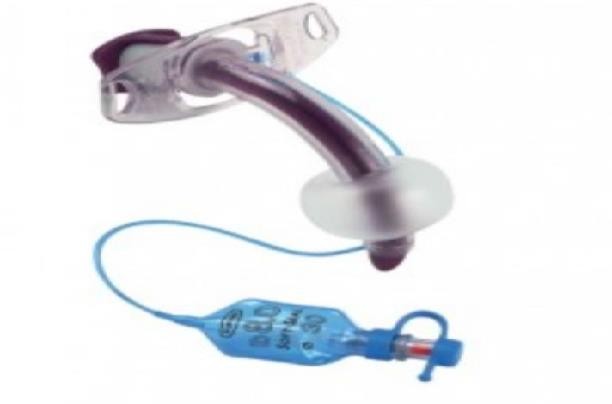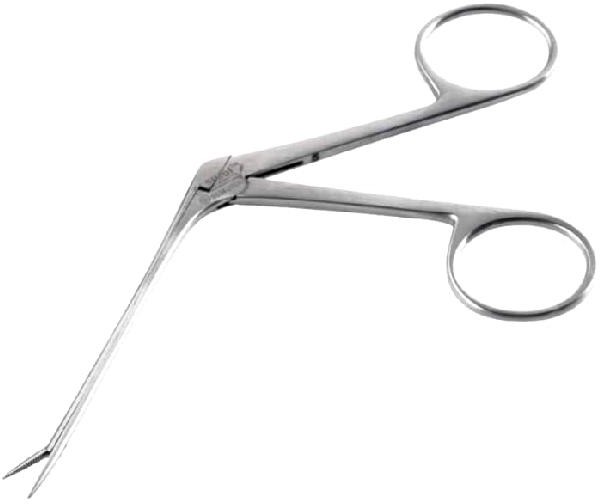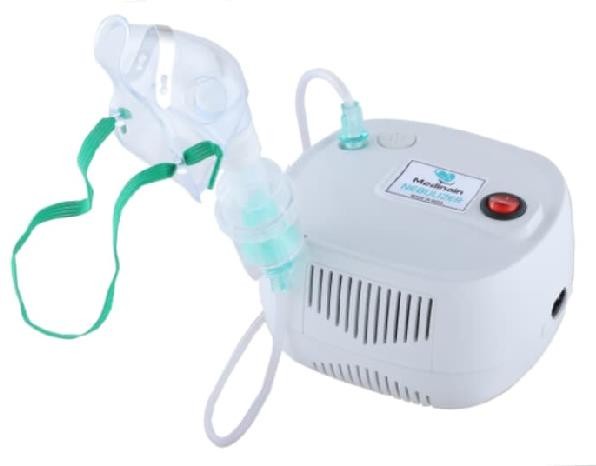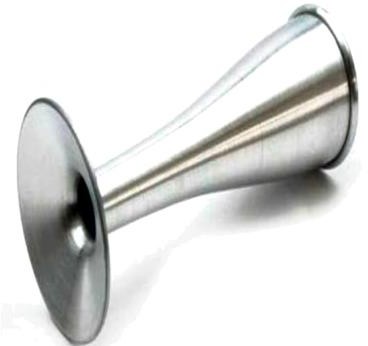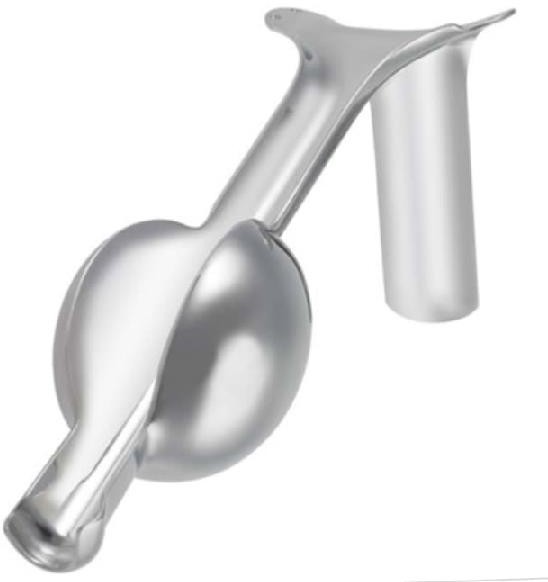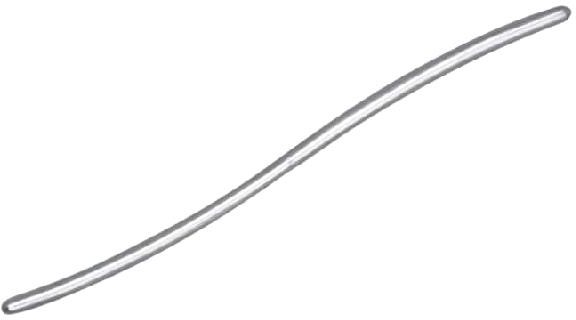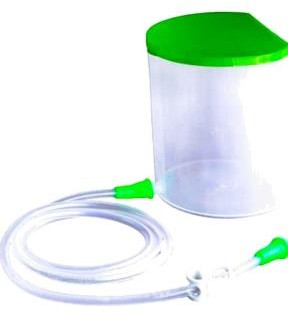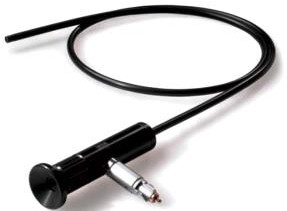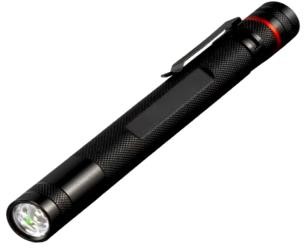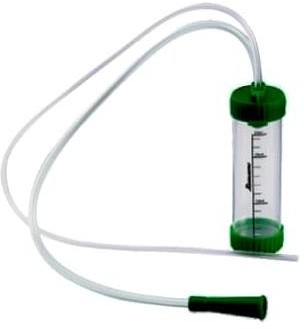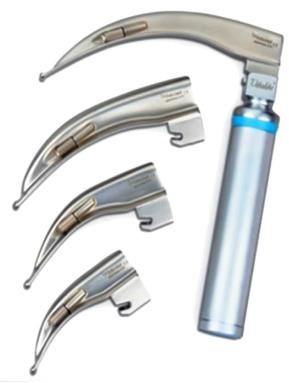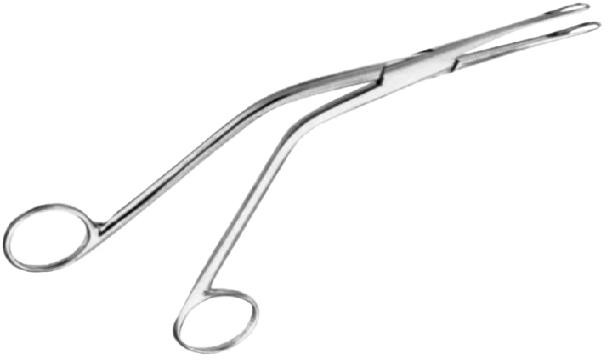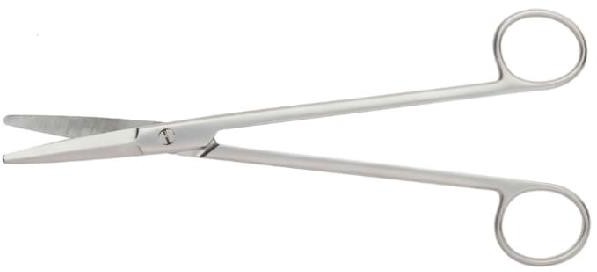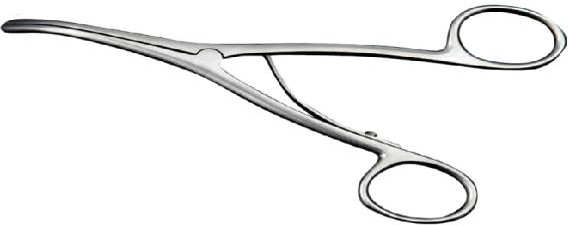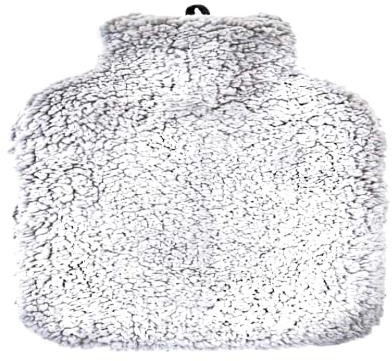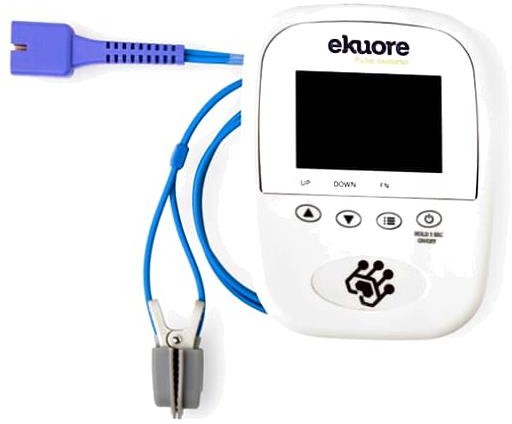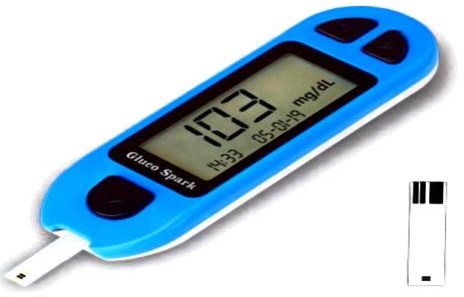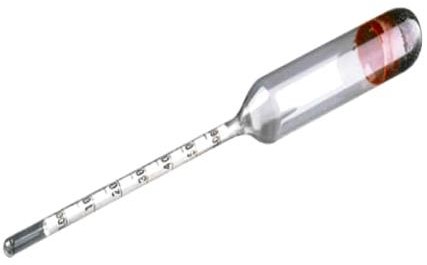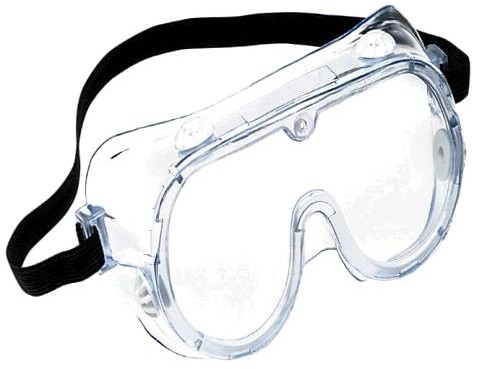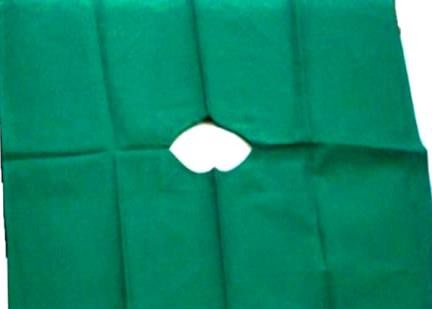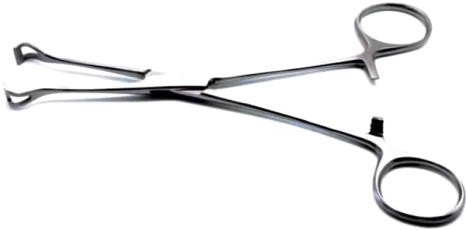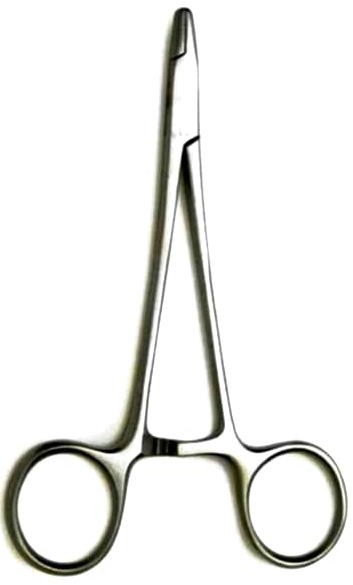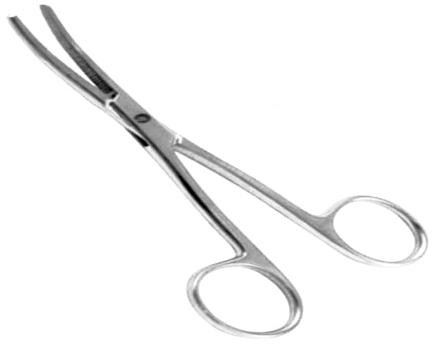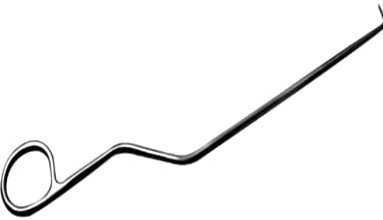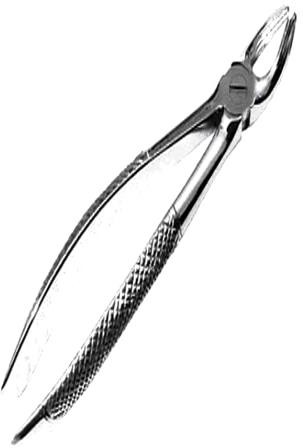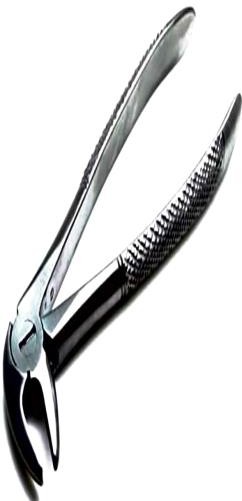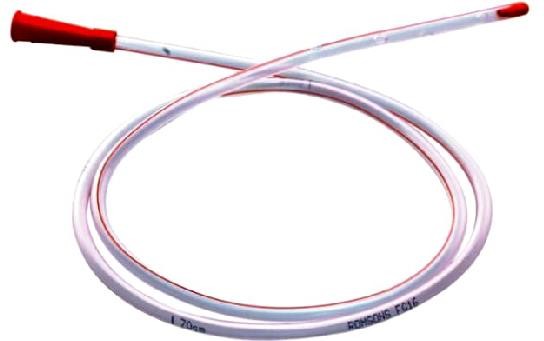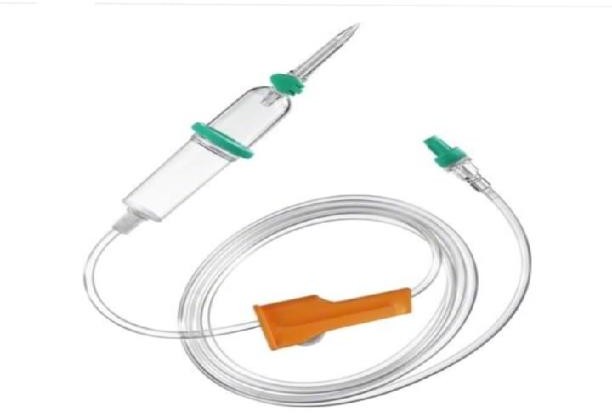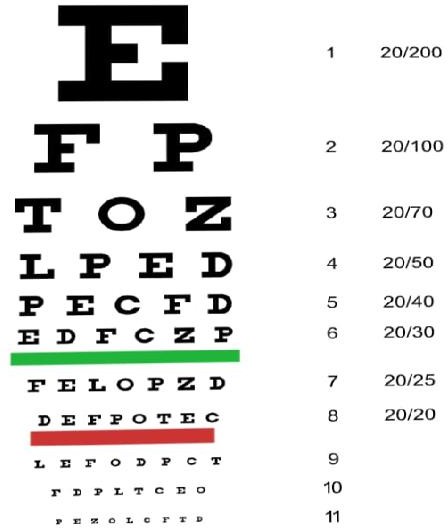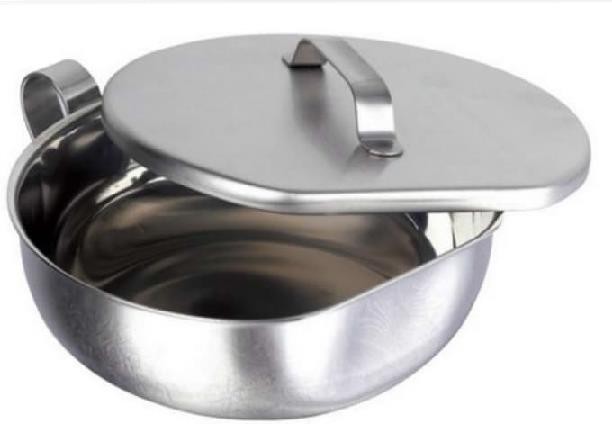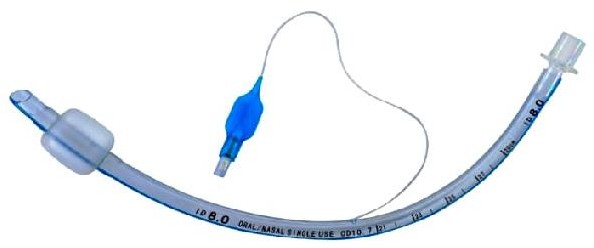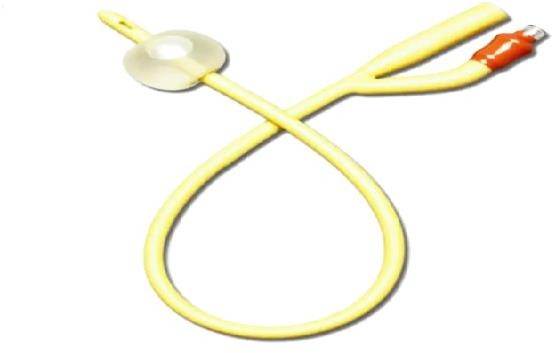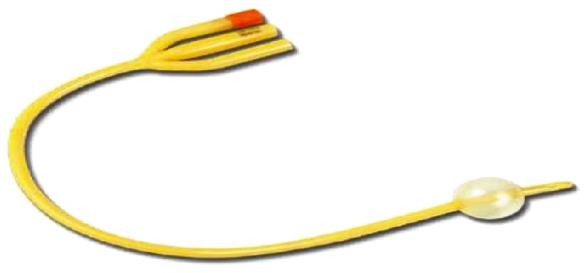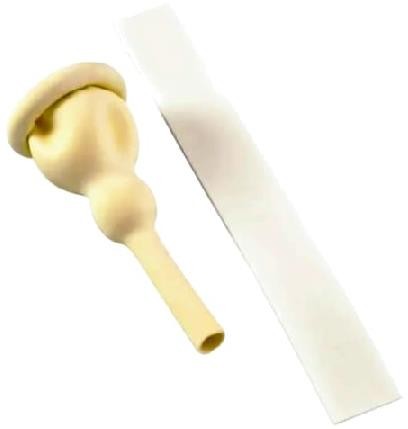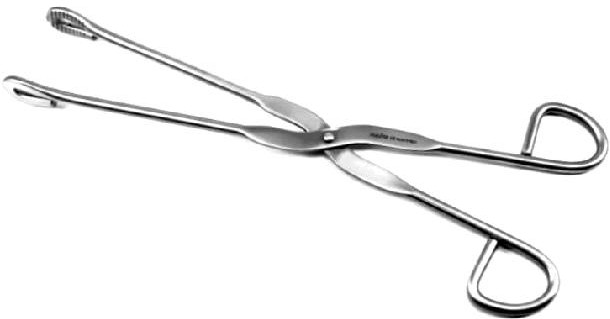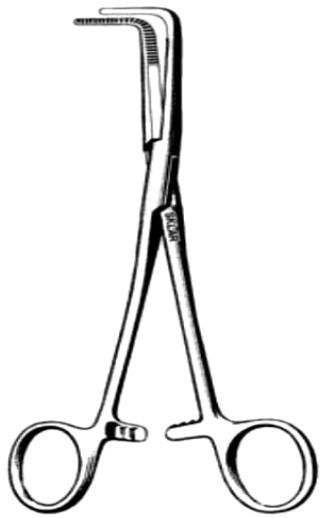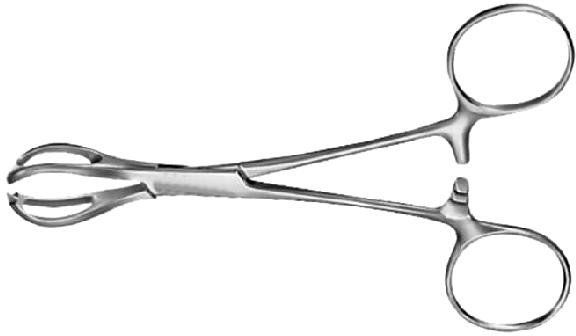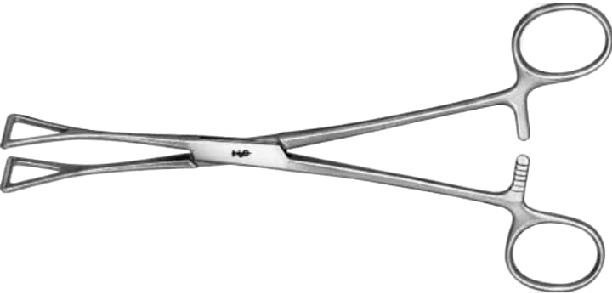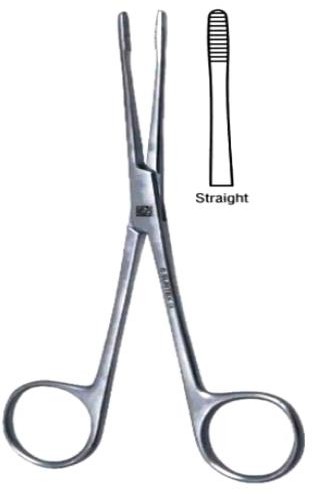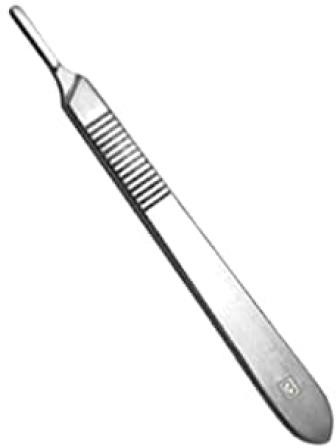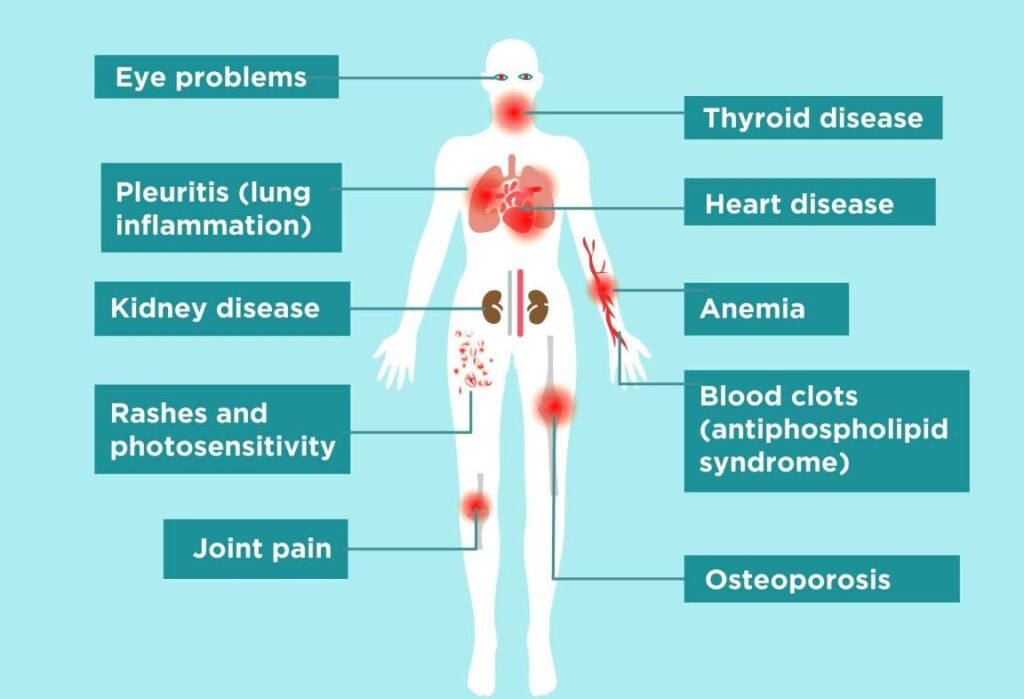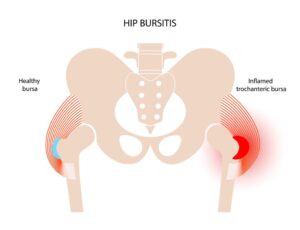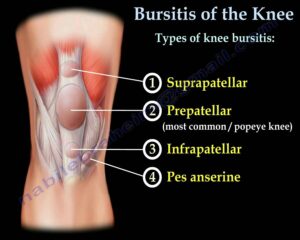Herpes zoster
Herpes zoster
Herpes zoster, also called shingles, is an infectious condition caused by varicella zoster virus (VZV), the same virus that causes varicella zoster (chickenpox).
- The incubation period ranges from 7 to 21 days.
- The total course of the disease is 10 days to 5 weeks from onset to full recovery.
Risk Factors
- Older age- risk increases with age especially after age of 50
- Suppressed immunity due to certain conditions like cancer, HIV and drugs
- Stress due to prolonged unresolved emotional or physical stress
Pathophysiology
- After a case of chickenpox run its course,
- The virus lies dormant in the ganglia of the spinal nerve tracts.
- Then the virus reactivates and travels along the peripheral nerves to the skin,
- It then multiplies and produces painful vesicular eruptions.
- It is most common in older adults and people who have weak immune systems.
- Although VZV typically affects the trunk of the body,
- It can also be noted on the buttocks or face.
- If an ophthalmic nerve is involved, the client may potentially experience keratitis, ulceration and possibly blindness.
- Secondary infection resulting from scratching the lesions is common.
Clinical Features
- The initial symptom is usually a tingling sensation in the affected area.
- Painful blisters form in the area supplied by one nerve root. This usually affects only one side of the body.
- Pain and discomfort, which can be severe, begins about five days before the rash emerges.
- Red papules develop into blisters, which crust over and heal within three to four weeks.
- Malaise and fever are common and this, coupled with pain, makes shingles a debilitating condition.
Diagnosis
- Past history of chickenpox.
- The pain and rash of shingles is characteristically unilateral.
- May start after a period of debility.
- Culture and sensitivity in case of secondary infection
Assessment
Subjective Data:
- Pain, burning
- Numbness, tingling
- Itching
- Headache
- Sensitivity to light
- Fatigue
Objective Data:
- Rash that develops in clusters of vesicles
- Rash follows dermatome (nerve pathway
Nursing Management
- Assess pain level
- Note location and quality of pain
- Duration
- Non-verbal clues
- Relieving factors
- Severe nerve (burning) pain is the primary complaint with preceding sensations of tingling or itching.
- Assess for signs / symptoms of bacterial infections on skin and obtain culture and sensitivity test as indicated
- Assess for changes in vision and rash on forehead or nose
Specific Nursing care
- Apply cool, moist dressings to pruritic lesions
- Avoid temperature extremes, in both the air and bathwater.
- Avoid rubbing or scratching the skin or lesion.
- Wear loose, nonrestrictive clothing made of cotton.
- Keep rash dry;
- Rest, especially while malaise is a problem
- Encourage herpes zoster vaccination
- Explain to the patient the need for Isolation.
- Restrict visitors
- Keep finger nails short
- Wear protective gears while caring for the patient
Medical Management
- Antivirals (acyclovir, valacyclovir) are given to decrease the severity and duration of symptoms
- Oral analgesics (opioids) are given to treat severe pain of acute phase;
- Antidepressants and antiepileptic medications may be given to treat post herpetic neuralgia;
- Topical steroids provide an anti-inflammatory effect;
- Antihistamines help with itching, especially at bedtime;
- Topical analgesics provide pain relief
Complications
- Ear complications such as ringing in ears, vertigo, hearing loss, one sided facial paralysis
- Post herpes nerve pain (neuralgia) which can be very severe and persist for even years after healing
- Eye complications such as erosion or ulceration of cornea, dryness of eyes, inflammation of optic nerve etc
Nursing Diagnosis
- Acute Pain or Chronic Pain related to Nerve pain (most commonly cervical, lumbar, sacral, thoracic, or ophthalmic division of trigeminal nerve) as evidenced by Alteration in muscle tone, Facial mask of pain, Reports of burning, dull, or sharp pain, Reports of pain localized to affected nerve.
- Deficient Knowledge related to Complexity of treatment, Herpes zoster outbreak,
as evidenced by Inadequate follow-up of instructions, Questioning members of healthcare team, Verbalizing inaccurate information. - Risk for Infection related to Crusted-over lesions,
Itching and scratching Skin lesions (papules, vesicles, pustules) - Risk for Disturbed Body related to
Preoccupation with changed body part and Visible skin lesions.
Nursing Interventions
1. Teach the patient about contact isolation. VZV is spread by contact with fluid from lesions containing viruses.
2. Instruct the client to avoid contact with pregnant women and immunocompromised individuals. Active lesions can be infectious, and immunosuppressed individuals are more susceptible.
3. Use universal precautions in caring for the client to prevent transmission of disease to self or other clients. VZV can be transmitted to others and cause chickenpox in a person who has not previously had the disease.
4. Suggest the use of gauze to separate the lesions in skin folds. This reduces irritation, itching, and cross-contamination.
5. Discourage the scratching of lesions. Encourage the client to trim fingernails. These measures prevent the inadvertent opening of lesions, cross-contamination, and bacterial infection.
6. Instruct the client on the use of antiviral medications, as prescribed. Antiviral agents are most effective during the first 72 hours of an outbreak when viruses are proliferating. Drugs of choice are acyclovir, famciclovir, or valacyclovir.
7. Instruct the client in the use of systemic steroids, if ordered, for anti-inflammatory effect.
The use of steroids is controversial; they are most commonly used in severe cases
8. Assist the client in articulating responses to questions from others regarding lesions and infectious risk. Clients may need some guidance in determining what to say to people who comment on the appearance of their skin. The rehearsal of set responses to anticipated questions may provide some reassurance.
9. Suggest the use of concealing clothing when lesions can be easily covered. This approach may help the client who is having problems adjusting to body image changes.


